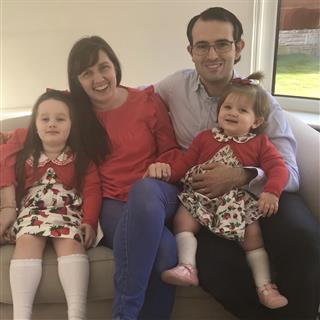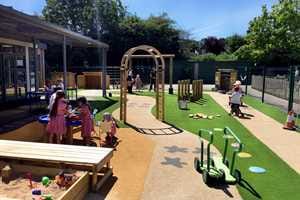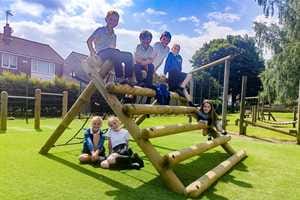
Lesson Ideas and Activities
Gather Together to Celebrate the Coronation of His Majesty the King
The Coronation of His Majesty the King will take place on Saturday 6th May 2023. The Coronation will reflect the monarch’s role today and look towards the future.This blog gives suggested learning activities which will help children to understand longstanding traditions and pageantry within our Royal Family.
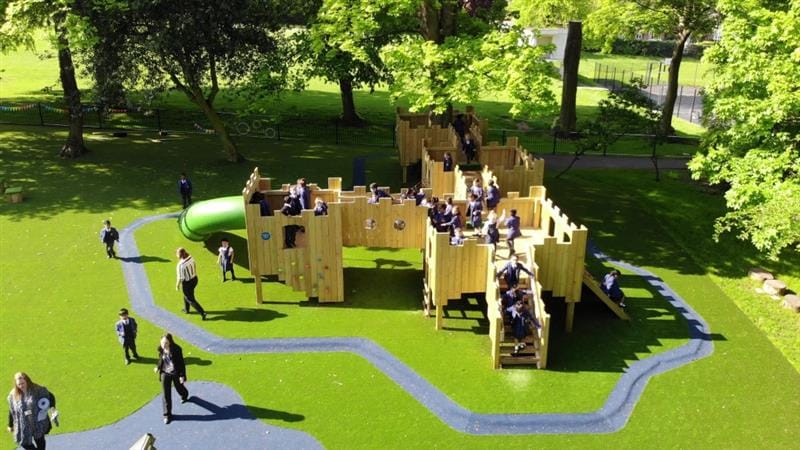
The history of coronations in the United Kingdom dates back over 1,000 years and several key elements have remained unchanged. The Coronation Regalia (Crown Jewels of the United Kingdom) are the sacred objects used during the coronation ceremony, symbolising ‘worldly and spiritual powers and duties of the monarch’. These objects are stored at the Tower of London and most were made for King Charles II.
After King Charles has been anointed with holy oil, he will be dressed in special coronation robes and then invested with the Coronation Regalia. The three most important objects the monarch is invested with are:
- The Sovereign’s Orb which represents the power of God over the world.
- The Sovereign’s Sceptre with Cross which represents the power of the monarch and reminds them that they must rule with justice.
- St Edward’s Crown which is the most important and holy of the objects.
These objects and the values they represent are passed down from one monarch to the next. Young pupils will enjoy role playing a coronation ceremony using handmade models of the Coronation Regalia to further understand the symbolism and meaning.
.jpeg)
Learners can imagine that they themselves are King Charles. Pupils can talk about how they would feel, stand and walk through Westminster Abbey. They can practise putting their hand out, palm down on a Bible or special book and closing their eyes as they make a special promise (oath) as the new King/Queen
Product Spotlight
Pupils could practise making the sign of the cross on each other’s foreheads just as the Archbishop of Canterbury would do with holy oil on the monarch’s forehead, hands and heart. Anointing is a sign which shows that the King or Queen has been blessed by God.
During the crowning part of the ceremony the Archbishop of Canterbury lifts the St Edward’s crown high above the King or Queen’s head and then places it down. Pupils will enjoy chanting ‘God Save the King/Queen’ before the crown is exchanged for the lighter Imperial State Crown.
.jpg)
Older children can find out about the first detailed English coronation of the Saxon King Edgar in 973 and compare the events to modern day ceremonies. Pupils can conduct some research about the types of traditional songs sung and music played during a coronation ceremony. A selection of outdoor musical instruments such as a Batonka or a Musical Triad can be used by groups of pupils when composing their own ceremonial tunes.
Making Large Scale Models
The Coronation Chair, which is located in front of the High Altar in Westminster Abbey, has been the centrepiece of coronations for 700 years. It encloses the Stone of Scone, an ancient symbol of monarchy that King Edward I seized from the Scots in 1296.
.jpeg)
Another important element of a coronation is a grand procession through the streets of London. In 1953, two million people lined the route for Queen Elizabeth II’s coronation procession. The Queen and the Duke of Edinburgh travelled in the Gold State Coach which has been used for every coronation since 1821. Using a Play Builder Set pupils will be able to work together with their peers to create their own versions of a Coronation Chair and State Coach.
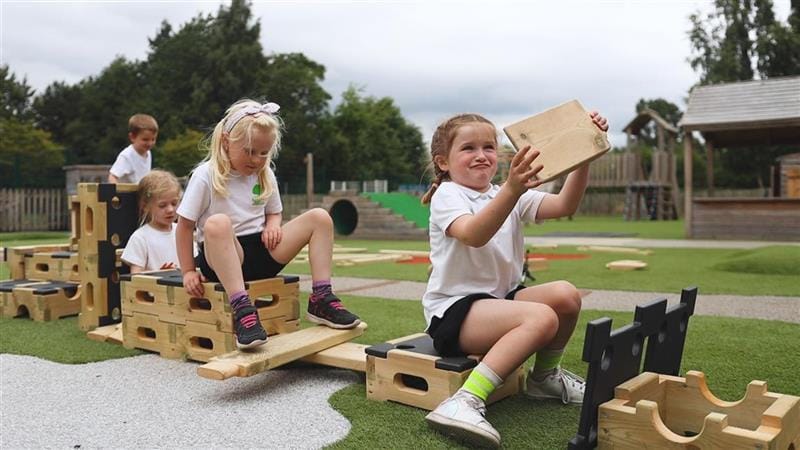
Gathering Together to Celebrate
Millions of people in the United Kingdom and around the world will watch the live Coronation ceremony on the 6th May. A coronation ceremony brings together friends, family and communities allowing neighbours to unite for street parties and celebrations.
.jpg)
In 1953 when Queen Elizabeth was crowned schools celebrated by conducting plays where children would craft their own costumes and crowns. They would also sing songs, play traditional playground games such as marbles and enjoy large picnics.
Pupils will enjoy planning and preparing for their own outdoor school community party to mark the special occasion, upholding traditions of the past whilst embracing modern day Britain.
.JPG)
Creating Special Memories
Classes could create their own time capsule to commemorate the coronation and give future generations a glimpse into British life in 2023. Time capsules are often associated with memorable occasions and events and can be buried with a plaque or perhaps a plant. Time capsules don’t always need to be buried, a tin or container can be placed in school with a note saying when to open.
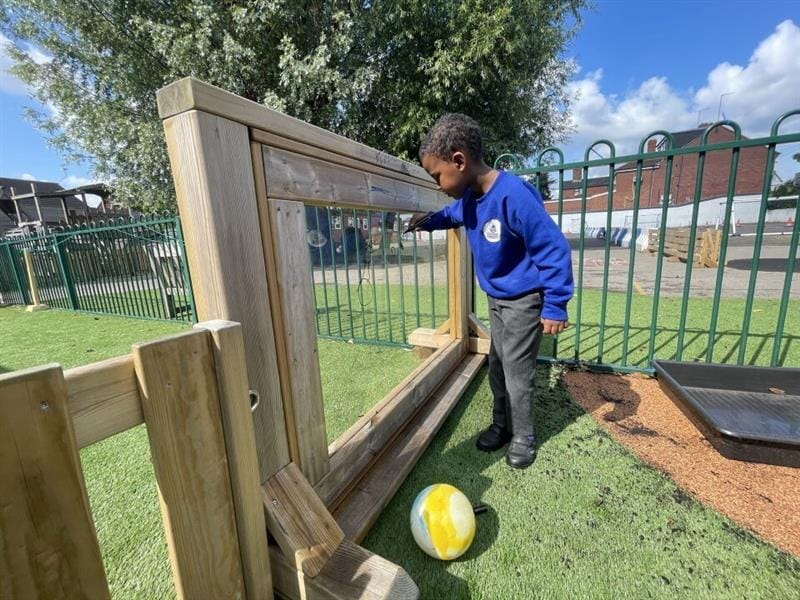
Pupils can collect and create objects relating to the monarchy such as stamps and coins bearing the image of Queen Elizabeth II and King Charles III. Children could write a letter of congratulations to the new King at Buckingham Palace. Copies and any replies can be added to the capsule as well as artwork and decorations. Photographs from school celebrations, newspaper articles and children’s written accounts on the lead up to the event will provide fantastic insight and interest in years to come.
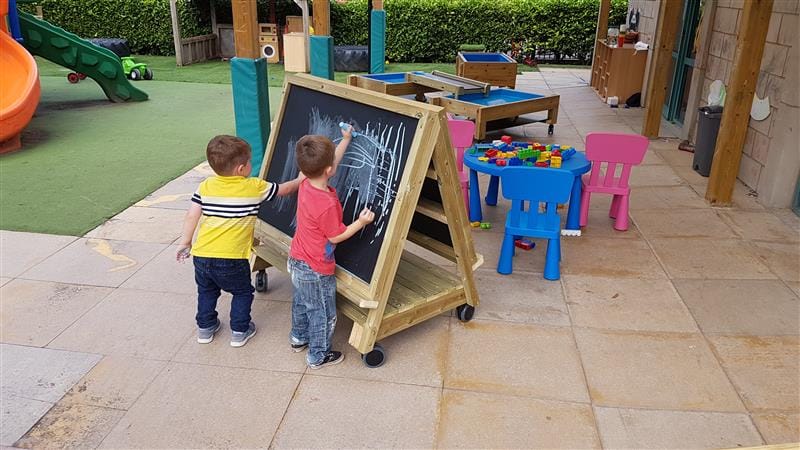
Getting Crafty
A coronation celebration provides plenty of opportunities for pupils to get crafty! Crowns can be assembled using strips of card or by recycling cereal boxes and using string/ribbon to secure. Pupils will enjoy counting out and arranging different stick-on jewels/buttons to make patterns and features on their creations! Triangular class bunting can be made by drawing and colouring a Union Jack design onto card/paper. Alternatively, classes could practise sewing fabric offcuts into triangle shapes or printing shapes onto fabric bunting using potato prints.
.jpeg)
Union Jack flags can be painted ready to wave whilst singing the National Anthem or ribbon sticks using red, white and blue streamers can look really effective. Pupils could become official royal artists by creating their own portraits of the King. They could take inspiration from different artists and use a variety of different materials. Commemorative stamps can be designed and pupils can use their stamps to send invitations to other classes, inviting them to coronation events in school.
.jpeg)
Active Games
Gatherings and celebrations provide ideal opportunities for children to partake in games and active play. KS1 children can play simple action games which link to a coronation theme. An adult can take on the role of a Royal Guard and call out a series of commands for pupils to follow:
Buckingham Place – run to the left of the space
Westminster Abbey – run to the right of the space
King’s Coming – bow to each other
Hoist the Flag – pretend to pull a rope up the flagpole to pull up the flag
King’s Horses – trot around the space
Sit on the Throne – Stop and sit down
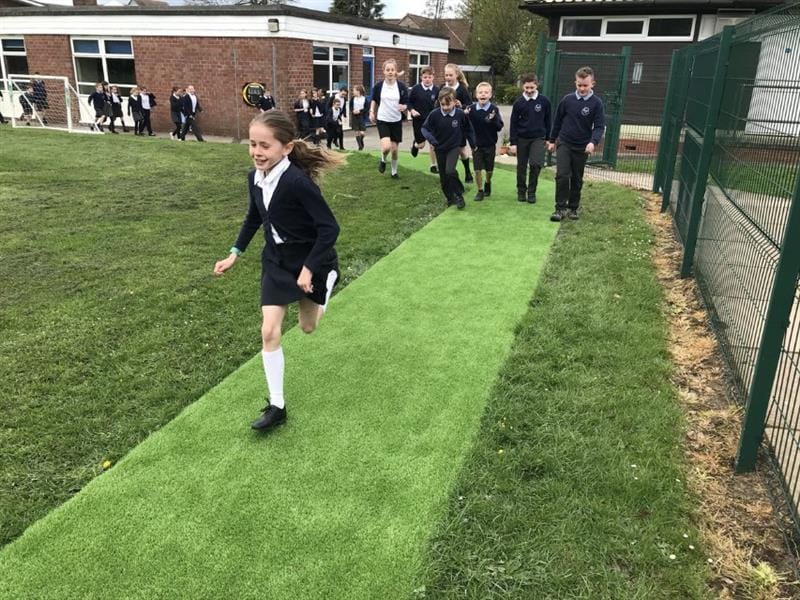
Pupils will enjoy playing the popular ‘Four Corners’ game with each corner named: Westminster Abbey, The Tower of London, Buckingham Palace and Clarence House
- One player closes their eyes and counts slowly from 10 to 0.
- While they are counting the rest of the class may stay where they are or travel quietly to another corner before the player reaches 0.
- After counting the player points to their corner of choice and can only open their eyes after having done so.
- Anyone standing in that corner is out. When only one player is left, they become the counter for the next round.
A Treasure Hunt is always a fun activity which encourages movement and can be accessed by children of various ages. Older children can support younger children with reading clues and problem-solving skills. Pupils could search for various themed items such as ‘jewels.’

An Obstacle Course allows children to develop balance, strength and coordination and can involve cooperation and teamwork. School teams could represent commonwealth countries as they work together to complete the course. Pupils could scale the castle walls (climbing wall), practise hitting a target, jump into and out of the moat (using hoops or safeturf markings), crawl through the throne room (tunnel), cross the drawbridge using Play Builder planks before swinging to the finish.
For our young pupils this will be the only time they get to celebrate the crowning of a new monarch in primary school. Allowing children to experience, celebrate and learn about this historic event provides a unique and memorable opportunity. Developing community spirit is an important part of school life and many schools from all over the UK will enjoy outdoor celebrations which bring everyone together.
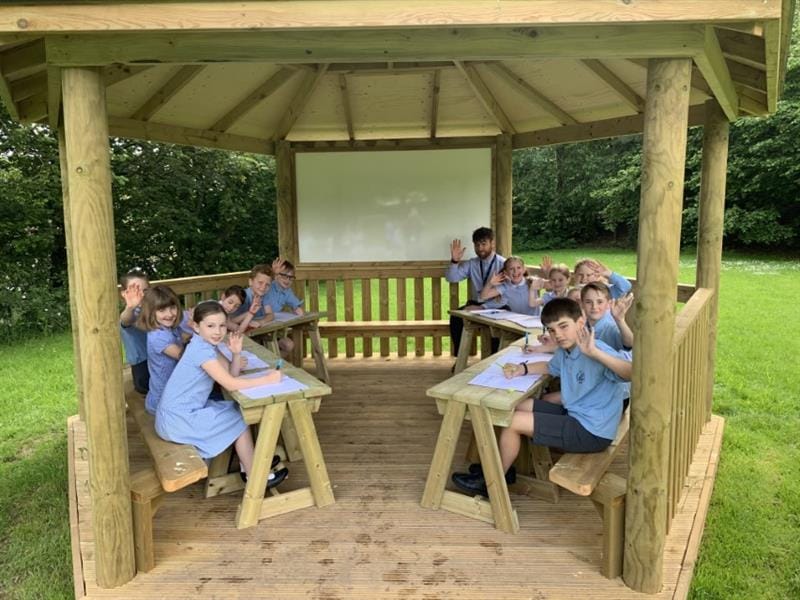

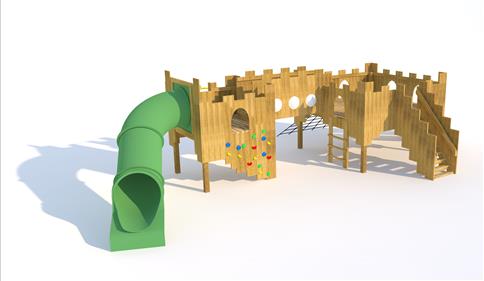
.jpg)
